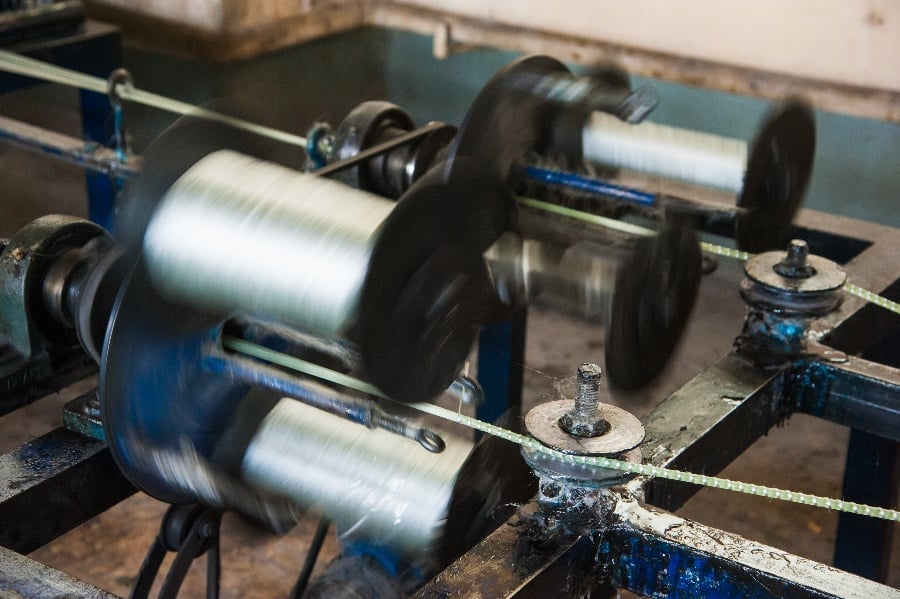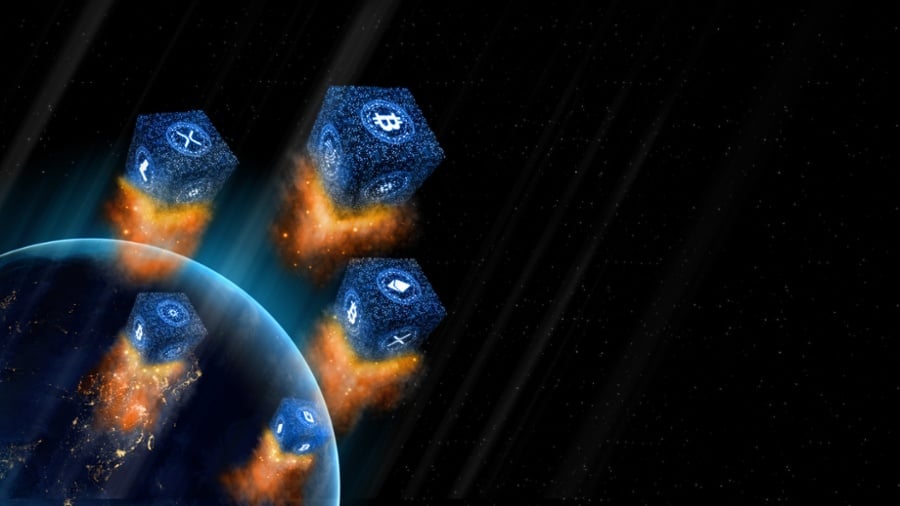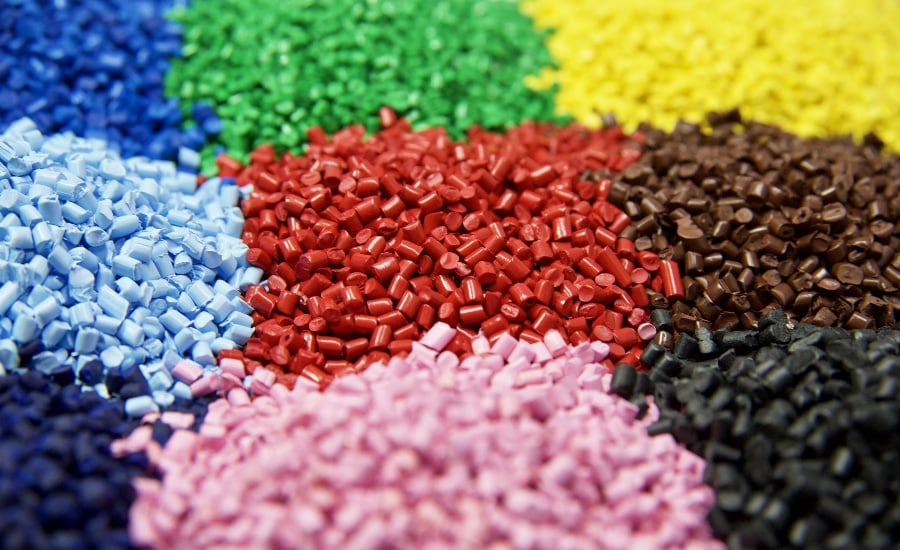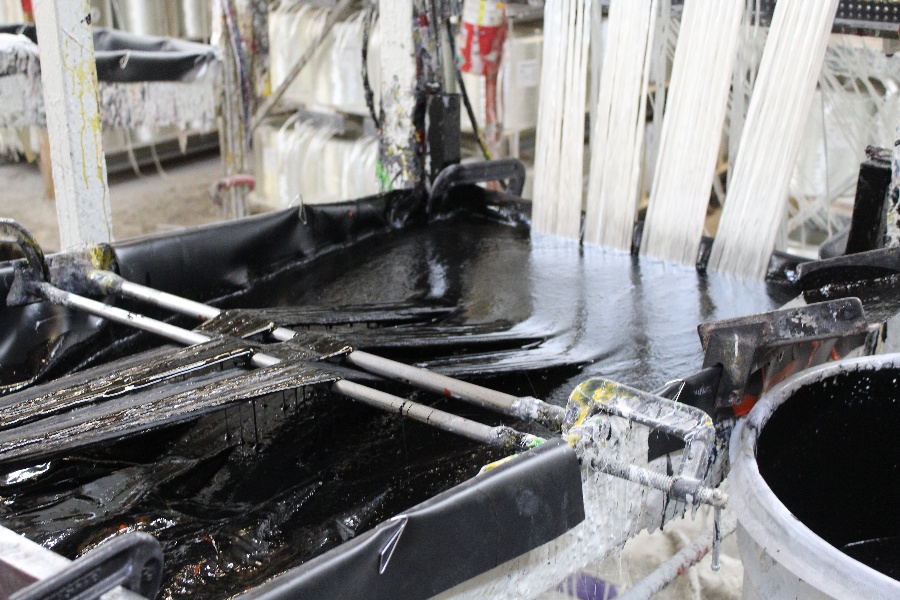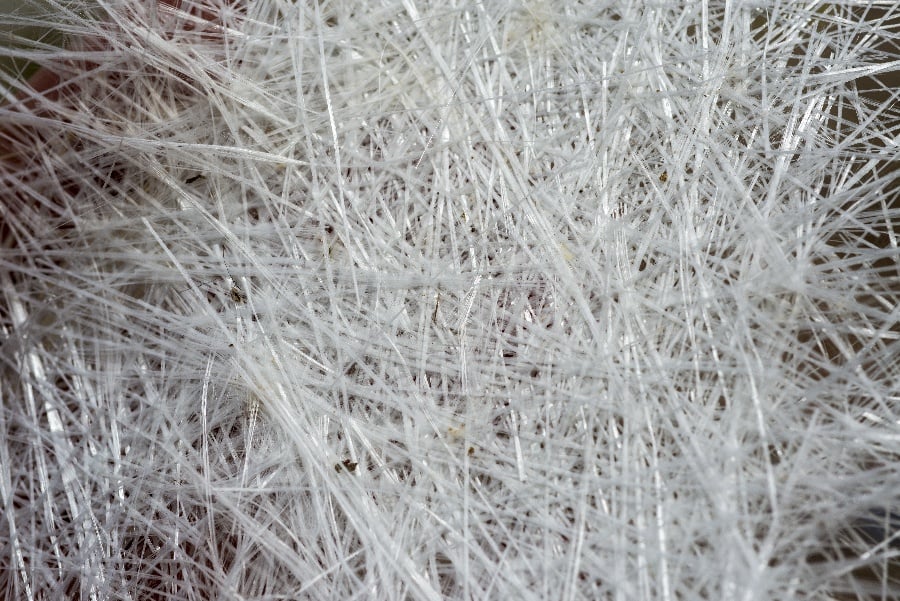
Pultruded fiberglass has earned its place as one of the most versatile construction materials in the world. Its sustainability and unique properties allow it to successfully replace traditional materials like wood, aluminum, and steel.
This post provides many of the frequently asked questions about pultruded products.
What Is Pultruded Fiberglass?
Pultrusion refers to the process by which fiberglass is made. This process involves either drawing the fibers through a special resin bath or injecting the fibers with resin.
Once the fiber has been wetted, machines shape it to the specified dimensions and then pull it into a preheated steel die.
The heat causes the resin to cure as it is pulled through the die. In this manner, fiberglass can be pultruded according to virtually any specification or shape, including sheets, rods, poles, angles, bars, tubes, and channels.
Pultruded fiberglass — known as fiberglass — is a unique structural material combining fiber reinforcements and thermosetting resins.
Pultruded fiberglass must have a constant cross-section.
Is Pultruded Fiberglass the same as Fiberglass Composite?
Very often, there is confusion about fiberglass and the various naming conventions used.
Aside from "fiberglass" and "pultruded fiberglass," manufacturers may also use any of the following terms:
- Fiberglass Composite
- Glass-Reinforced Plastic (GRP)
- Fiber-Reinforced Plastic (FRP)
All of these names refer to virtually the same thing: a composite constructed using two materials: fiber and resin.
The fiber provides reinforcement, while the resin provides the body — technically speaking, the matrix — necessary to give the product shape.
The main distinction to be aware of when it comes to fiberglass is the production method.
While most fiberglass structural components are manufactured by means of the pultrusion process discussed above, fiberglass may also be manufactured by means of compression molding, resin transfer molding, open-mold spray-up, and casting.
For this reason, pultrusion-based manufacturers often make a point of referring to their product specifically as pultruded fiberglass, in order to avoid confusion with fiberglass produced by other methods.
What Is Resin Made Of?
Resin is the ingredient most likely to vary from one type of fiberglass to another. The main types of resin that have been used in fiberglass pultrusion include:
- Polyester
- Vinyl Ester
- Epoxy
- Polyurethane
Polyester remains the most widely utilized resin. While it does not excel in any one category, it offers a great overall blend of properties, being relatively low cost, easy to process, quick to cure, and relatively strong.
Vinyl ester is somewhat more costly than polyester but results in more durable fiberglass.
For the most part, vinyl ester has a molecular structure much like that of polyester. The difference is that vinyl esters contain fewer ester groups.
This gives the fiberglass a significantly greater degree of resistance to water and chemical corrosion.
Epoxy-based fiberglass demonstrates even greater durability, strength, and chemical resistance. In addition, epoxy increases the fiberglass' resistance to high temperatures.
That said, epoxy has more complex processing needs, and also tends to carry a higher material cost.
Finally, many pultruded fiberglass manufacturers have begun using polyurethane resin in recent years.
While polyurethane does present certain challenges from an equipment standpoint, its performance characteristics are second to none.
Polyurethane has been shown to outperform other resin types in terms of strength, toughness, and resistance to heat, ultraviolet light, and environmental factors.
Is Fiberglass Conductive?
Conductivity may refer to two different things: thermal conductivity and electrical conductivity.
Virtually all materials display some degree of thermal conductivity — in other words, allowing heat to move through them. That said, fiberglass tends to have a relatively low thermal conductivity, especially compared to metal.
Electrical conductivity is defined as the ability of a material to transmit electrical charge. Metals such as steel, copper, and aluminum all exhibit different degrees of electrical conductivity.
Fiberglass, by contrast, is generally categorized as being a non-conductive material, one that can even be successfully used as an electrical insulator.
Fiberglass thus holds a distinct advantage over metals in cases where conductivity must be strictly prohibited.
However, in certain situations conductivity may be a desirable trait. In those cases, manufacturers can often integrate additional composite materials to give the fiberglass a degree of conductivity.
For instance, aluminum or carbon fibers can be introduced along with the glass fibers when pultruding the fiberglass.
What is the Impact of Electromagnetic Waves on Fiberglass?
As the modern world comes increasingly to rely on wireless communications technology, traditional building materials must be re-evaluated in terms of their effect on electromagnetic signals.
Common materials such as concrete, steel, and aluminum all exhibit significant inhibiting effects when it comes to electromagnetic waves.
Basically, any material that is either magnetic or electrically conductive will block or distort a significant amount of the wireless signals it encounters. Fortunately, fiberglass is neither magnetic nor electrically conductive.
As a result, fiberglass is, for the most part, transparent to radio waves, cellular frequencies, and other forms of electromagnetic signals.
For this reason, fiberglass has gained a significant amount of traction within the telecommunications industry.
In particular, fiberglass has become a material of choice when it comes to erecting cell tower screens. Likewise, fiberglass makes a great choice as a protective covering for antennas and other telecommunications equipment.
Pultruded fiberglass offers a wealth of benefits that make it one of the strongest, most durable, and most cost-effective building materials currently available.
If the idea of structural fiberglass is still new to you, don't worry. Reputable manufacturers know just how to design custom fiberglass to meet virtually any need.
To learn more about the different types of fiberglass products they can manufacture for you, please do not hesitate to reach out to the industry leaders at Tencom Ltd.
What is the lead-time for production tooling?
Tencom can typically manufacture a production tool in 6 to 8 weeks. This may vary depending on the workload at the time the order is placed.
Which resins are most often used in pultrusion's?
Tencom uses include epoxy, high-temperature vinyl ester, fire retardant polyester, fire-retardant vinyl ester, polyurethanes, and bonding resins. The materials are then pultruded using our exclusive process and equipment.
Can fiberglass products be produced in different colors?
Yes. For branding and identification purposes, Tencom can produce pultrusions in different colors.
Are there specialty resins that make pultruded products fire retardant?
FRPs are manufactured by using glass strand mats combined with resins. Unlike materials like wood and fabric that require additives to be sprayed on after manufacture, FRPs can have fire-resistant and flame retardant properties infused directly in production.
The resins used to bathe the glass fiber mats can feature a wide variety of additives to enhance their durability and offer additional benefits, such as fire-resistant and flame retardant properties.
Flame retardants in FRPs work by releasing chemicals when they are exposed to fire.
These chemicals create either a char layer that smothers the flame and protects the internal composite from further damage, or releasing gaseous chemicals that deprive the flames of oxygen to smother them.
We can also design systems to meet customer’s individual specifications.
Is fiberglass affected by temperature extremes?
Fiberglass is relatively unaffected by normal temperature fluctuations. Strengths and flexibility remain consistent between -40 and 250F°. If the application requires an operating temperature outside of this range, special considerations should be taken while designing the product.
How can I get a quote for a custom product?
To get a quote, call 419-865-5877 or email mail@tencom.com. Our engineers will work with you on a design that will meet your individual specifications and provide a quotation. Please have a part/profile drawing available, as well as estimated annual footages and any special tolerances or specifications.



